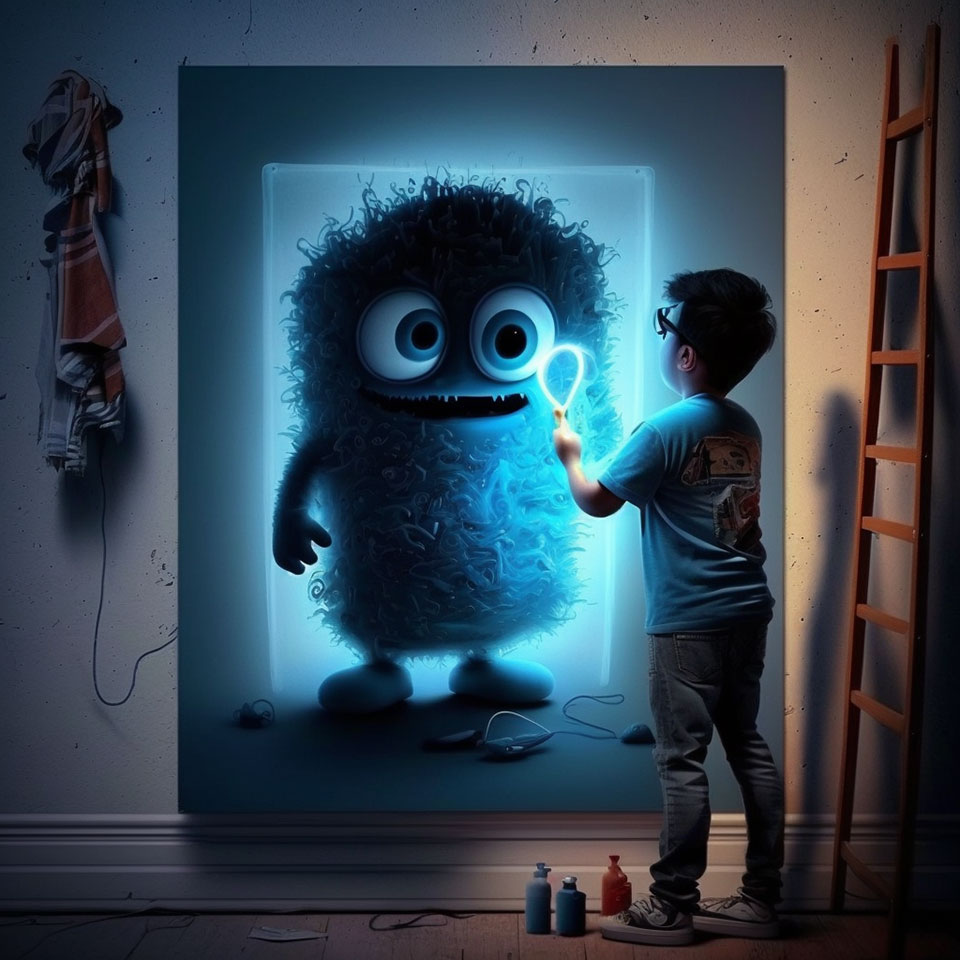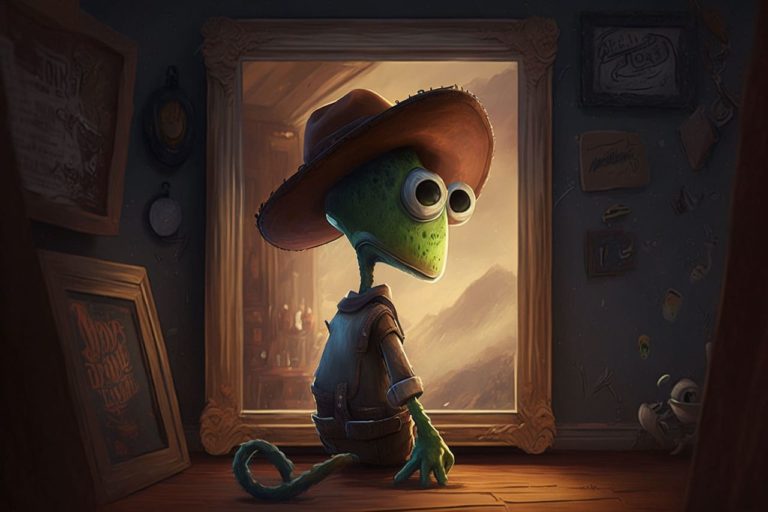Non-fungible tokens, or NFTs, have taken the art world by storm in recent years, allowing artists to sell their digital works as one-of-a-kind assets. These unique tokens, which are stored on a blockchain, have opened up a world of new possibilities for artists who create in digital mediums.
For years, digital art was largely undervalued and under-appreciated. Despite the fact that digital artworks could be easily duplicated and shared online, making them seem less valuable than physical art pieces, NFTs have changed the game entirely. By creating a unique digital token that is stored on a blockchain, artists can now create truly one-of-a-kind artworks that are verifiably scarce and unique.
One of the key advantages of NFTs is that they allow artists to be compensated fairly for their work, even in a digital medium. In the past, digital artists often struggled to monetize their work, as it was easy for others to copy and share it without permission. With NFTs, however, artists can sell their digital works just like physical artworks, with the added benefit of being able to ensure that their work is truly unique and scarce.
The rise of NFTs has also given digital artists a new level of exposure and recognition in the art world. Many artists who have previously worked exclusively in digital mediums are now being recognized as serious artists and are gaining wider recognition for their work. This has led to an explosion of creativity in the digital art world, with new and exciting works being created every day.
However, the rise of NFTs has also raised some concerns within the art world. Some have criticized the environmental impact of the energy-intensive blockchain technology that underpins NFTs, while others have raised concerns about the speculative bubble that seems to have developed around some NFT art sales.
Despite these concerns, it seems clear that NFTs are here to stay in the art world. As digital mediums continue to grow in importance, NFTs will likely become an increasingly important tool for artists looking to monetize their work and gain wider recognition in the industry. Whether or not they are a passing fad or a permanent fixture in the art world remains to be seen, but for now, NFTs are shaking up the art world in a big way.

Frequently Asked Questions about NFTs
- What exactly are NFTs, and how do they work in the context of digital art? Non-fungible tokens (NFTs) are unique digital tokens that are stored on a blockchain, which is a decentralized and secure digital ledger. In the context of digital art, NFTs allow artists to create one-of-a-kind digital artworks that can be bought, sold, and owned just like physical artworks.
- Why are NFTs so significant for digital artists, and how have they impacted the industry? NFTs have given digital artists a way to monetize their work and establish themselves as serious artists in the traditional art world. They have also created a new market for unique, verifiably scarce digital artworks, and have opened up new possibilities for creativity and experimentation in the digital art world.
- How do buyers and collectors verify the authenticity and ownership of NFT art? The blockchain technology used to store NFTs allows for a verifiable and immutable record of ownership and authenticity. Each NFT is linked to a unique identifier that can be traced back to its original creator and verified by anyone on the blockchain.
- Are there any drawbacks or risks associated with investing in NFT art? Some critics have raised concerns about the speculative bubble that seems to have developed around some NFT art sales, and there are also environmental concerns related to the energy-intensive blockchain technology used to create and store NFTs. As with any investment, there is also the risk of fluctuating market values and potential scams or frauds.
- How have established art institutions and galleries responded to the rise of NFTs, and do they see them as a threat or an opportunity? Opinions vary, but many established art institutions and galleries are beginning to recognize the value and potential of NFT art. Some see them as a threat to traditional art market models, while others see them as an opportunity to embrace new forms of creativity and ownership in the art world.
- How do environmental concerns factor into the use of blockchain technology and NFTs in the art world? The energy-intensive nature of blockchain technology has raised concerns about its environmental impact, and some artists and collectors are looking for ways to mitigate these concerns, such as through the use of carbon offsets or more sustainable blockchain technologies.
- What are some of the most notable NFT art sales to date, and what do they say about the market for digital art? Some of the most notable NFT art sales have included works by artists such as Beeple and CryptoPunks, which have sold for millions of dollars. These sales suggest that there is a growing market for unique and valuable digital art, and that NFTs have the potential to transform the art market in significant ways.
- What is the potential for NFTs to disrupt traditional notions of value, scarcity, and ownership in the art world? NFTs have the potential to disrupt traditional notions of value, scarcity, and ownership in the art world by creating a new market for verifiably unique digital artworks. They may also challenge traditional models of collecting and curating art, and could ultimately change the way we think about art as a whole.
- Are there any legal or ethical considerations to be aware of when buying or selling NFT art? As with any new technology, there are legal and ethical considerations to be aware of when buying or selling NFT art. These may include issues related to copyright, ownership, and authenticity, and it is important for both artists and collectors to be aware of their rights and responsibilities when working with NFTs.
